
Head lice are parasites that inhabit the human scalp. The infection caused by head lice is medically known as pediculosis. This is a rather common infection, predominantly affecting children. However, it may also spread among adults.
The Appearance of Head Lice
Head lice undergo three developmental stages, the nit, the nymph and the adult parasite.
A nit is the term used for a louse egg or louse nymph. This is actually a quite broad definition including all viable eggs that are going to hatch, remnants of already-hatched eggs and, finally, dead embryo i.e. nonviable eggs, those that will never hatch. Nits are oval, yellow to white and firmly attached to the hair shaft. They are sometimes hard to see and can be also mistaken for dandruff. A nymph is a baby louse. It is similar to an adult parasite but a bit smaller. The adult louse is generally the size of a sesame seed. The color of head lice is tan or grayish-white.
Transmission of the Parasite
Head lice are easily transmitted during a close contact with a person who has the parasite. These parasites can be also transmitted with contaminated clothing and other belongings. The risk of infection is higher in preschool and elementary school children. All the family members of the infected child can also easily contract the infection.
In general, girls easily contract head lice. The same stands for women comparing to men.
Head Lice Treatment
Head lice are eradicated with a prescription drug available in a form of shampoo (Lindane shampoo). The drug is not so hard to be administered and one is supposed to stick to directions. It is essential to pay attention to doctor's orders and all the directions regarding the used of the drug. Any misuse of the drug or accidental swallowing can be toxic to the brain and nervous system. Another prescription drug for head lice is malathion.
Head Lice Prevention
It can be quite challenging to prevent spread of head lice in preschool and school children. These children remain in close contact and are prone to sharing their belongings between each other. So, it is best to recognize the infestation as soon as possible and eradicate the parasite.
Parents may try learning their child not to share personal belongings, but this may be a futile attempt. The children should abstain from sharing hats, scarves, coats, combs, brushes, hair decorations, headphones etc.
However, even with precaution measures it is simply not achievable to eliminate all the types of contact that can cause the spread of the parasite.


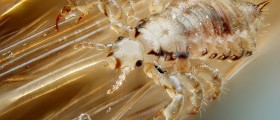
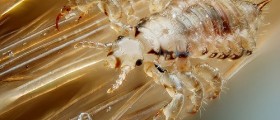
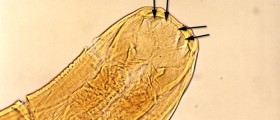
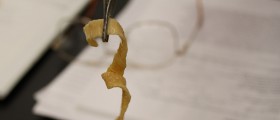
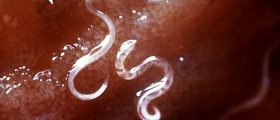
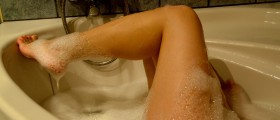

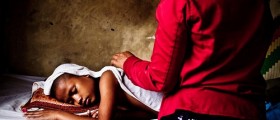
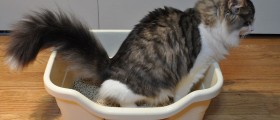
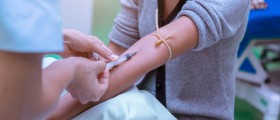
_f_280x120.jpg)
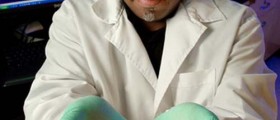
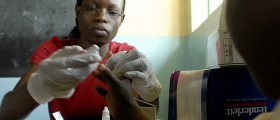
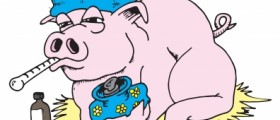
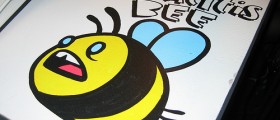
Your thoughts on this
Loading...